The buildings that surround us say a lot about who we are and the culture we live in. And they can have a big impact on the way we feel - think of the 'brutal' concrete structures from the 1960s and '70s compared to the soft curves of Birmingham's Selfridges building or the colours of a Cotswold stone village.
Here are my top 10 most inspiring buildings in the UK.
1.The Shard in London - 2012 - Renzo Piano
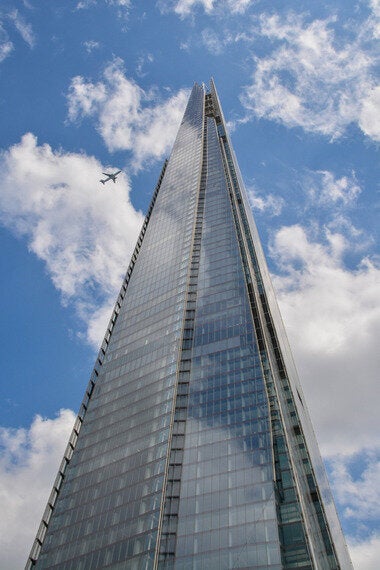
A beautiful elegant landmark which draws its inspiration from a shard of glass wedged into the ground and projecting into the sky.
The building is a cultural representation of British transparency and accessibility both in its use of glass and it being a mixed used public building.
This 'vertical city' was one of the first skyscrapers to be completed after the 2008 recession, and stands as an inspiration to the new age of regeneration.
2.The Leadenhall Building - 2013 - Roger Stirk Harbour + Partners
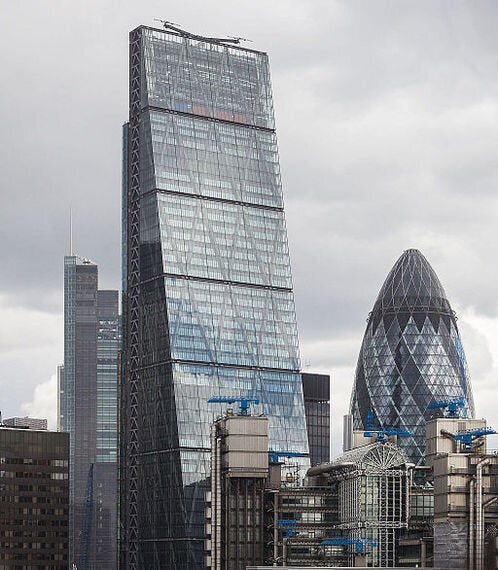
Image: Diego Delso
Dubbed, 'the Cheese Grater', this intelligent design embodies the changing face of the financial district in the City of London.
Culturally, the project has identified the importance of integration of the old architecture with the new.
The elegant design tapers from ground level to its maximum height of 225m and leans the building away from St Paul's Cathedral so that its profile doesn't compete with that of its elderly neighbour.
3.St. Paul's Cathedral - 1720 - Sir Christopher Wren
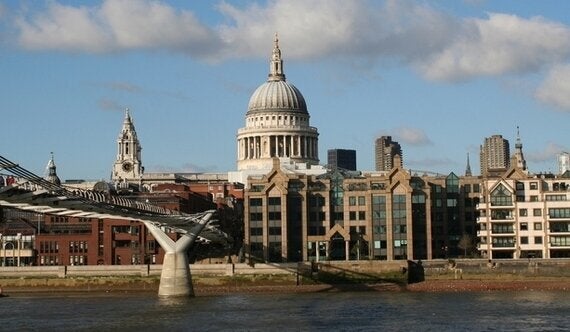
A world heritage asset, the cathedral is designed in the classical form of the cross with a beautiful lead dome at its centre.
The building, in its current form, took more than 45 years to complete, with exquisitely breathtaking interiors.
Re-built after the Great Fire of London in 1666, it was the first cathedral erected after jurisdiction of the Church of England was removed from the Pope and came under control of the Crown. It gave people hope in a new age of religious thinking, radicalism, and establishment.
Part of London's skyline for almost 300 years, St Paul's occupies a significant place in the nation's identity because of its survival of the Blitz.
It stood defiant and virtually intact when the streets around it were reduced to rubble. It's also synonymous with Royal weddings, state funerals and political protests.
4.Gateshead Millennium Bridge - 2001 - Wilkinson Eyre and Gifford
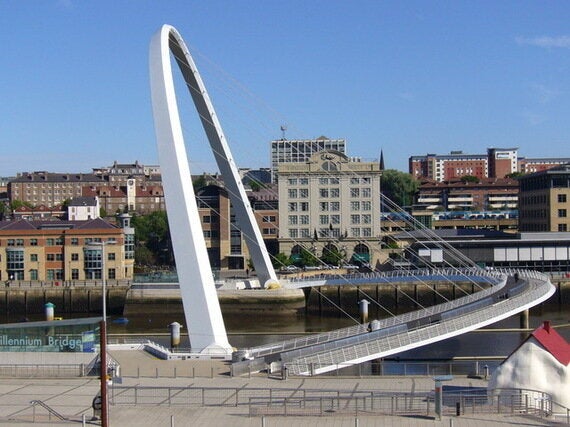
This pedestrian and cycle bridge has one of the most striking architectural designs of today.
Taking the form of a blinking eye, the bridge raises and tilts to allow small boats to pass underneath.
The only one of its kind in the world, the bridge represents new thinking in structural technology.
Chosen by local people from more than 150 designs, it clearly captured the imagination of the public and compliments the six existing bridges that span the River Tyne.
5.Maggie's Centre - 2006 - Dame Zaha Hadid

Image: Duncan Cumming
This intriguing 'folded' building located in Fife has the feel of a piece of origami, which rises and then sets into the landscape.
Its design is an illustration of the charity's ethos of making their centres feel distanced from the world of treatment.
Its sparkling black exterior is a nod to the mining heritage of the area, and contrasts with the light and space of its interior, where triangular windows set high in the walls encourage visitors' eyes, and spirits, to lift up.
6.Magna Science Adventure Centre in Rotherham - 2000 - Wilkinson Eyre
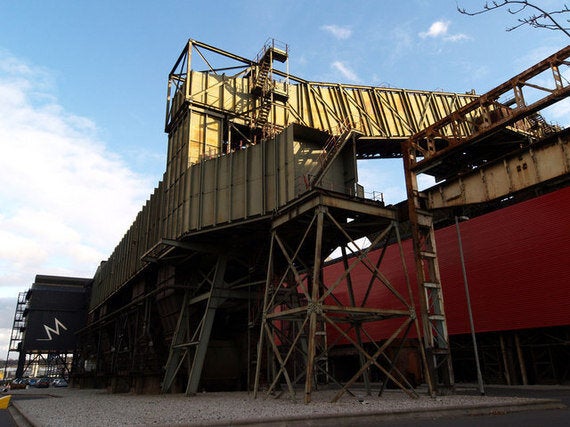
Image: Steve F
This cultural centre tells the story of steel through its essential elements of earth, air, fire and water.
Housed in the disused Templeborough steel works, it clearly embraces its industrial heritage. The structure, as much as the attraction, tells visitors what the region was built on and celebrates a key part of local history.
7.Senedd in Cardiff - 2006 - Richard Rogers Partnership

Image: Nufkin (Mark Chatterley)
The National Assembly Building was designed to complement the democratic process of Welsh politics.
Described by the architects as a 'transparent envelope' their aim was for the inner workings of the Assembly to be visible and encourage people to participate.
Another inspiring element of its design is its sustainability, with energy savings of up to 50% and more than a third of all its materials and labour having been sourced in Wales.
8.Savill Building in Surrey - 2006 - Glen Howell Architects

Image: Oosoom
A modern interpretation of the 'pavillion in the park', the Savill Building is a visitors centre at the entrance to The Savill Garden in Windsor Great Park, Surrey.
What captures the imagination is the undulating wooden roof which combines modern design with traditional materials. It sits comfortably in its surroundings, the roof echoing the soft curves of the leaves that lie beyond it.
9.Aquatics Centre in London - 2011 - Zaha Hadid Architects
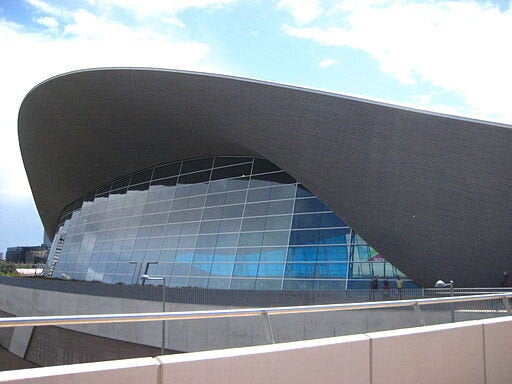
Image: Olaf Janssen
The building that was home to swimming and diving events for the 2012 Olympics was designed with a sumptuous curved roof to represent the belly of a whale, and to provoke the emotion of swimming under a large fish in water.
The centre was designed with 'wings' at either side to house seating for spectators. These wings were removable, setting the building 'free' to continue its future as a community swimming pool.
10.McLaren Technology Centre - 2003 - Norman Foster

Image: Alistair Rickman
A stunning silver 'kidney bean' in the Woking countryside, its form is made into a circle by the artificial lake that sits opposite it.
Another exemplar of sustainable design and technology, the lake is integral to cool the heat generated in the wind tunnels where the aerodynamics of parts are tested.
The aim was to facilitate good decisions and judgement through the creation of a comfortable, cool and well-lit workspace.
The centre is a shining example of the direction of British architecture and culture; that being one of an environmentally conscious, transparent and open society, with access for all.
